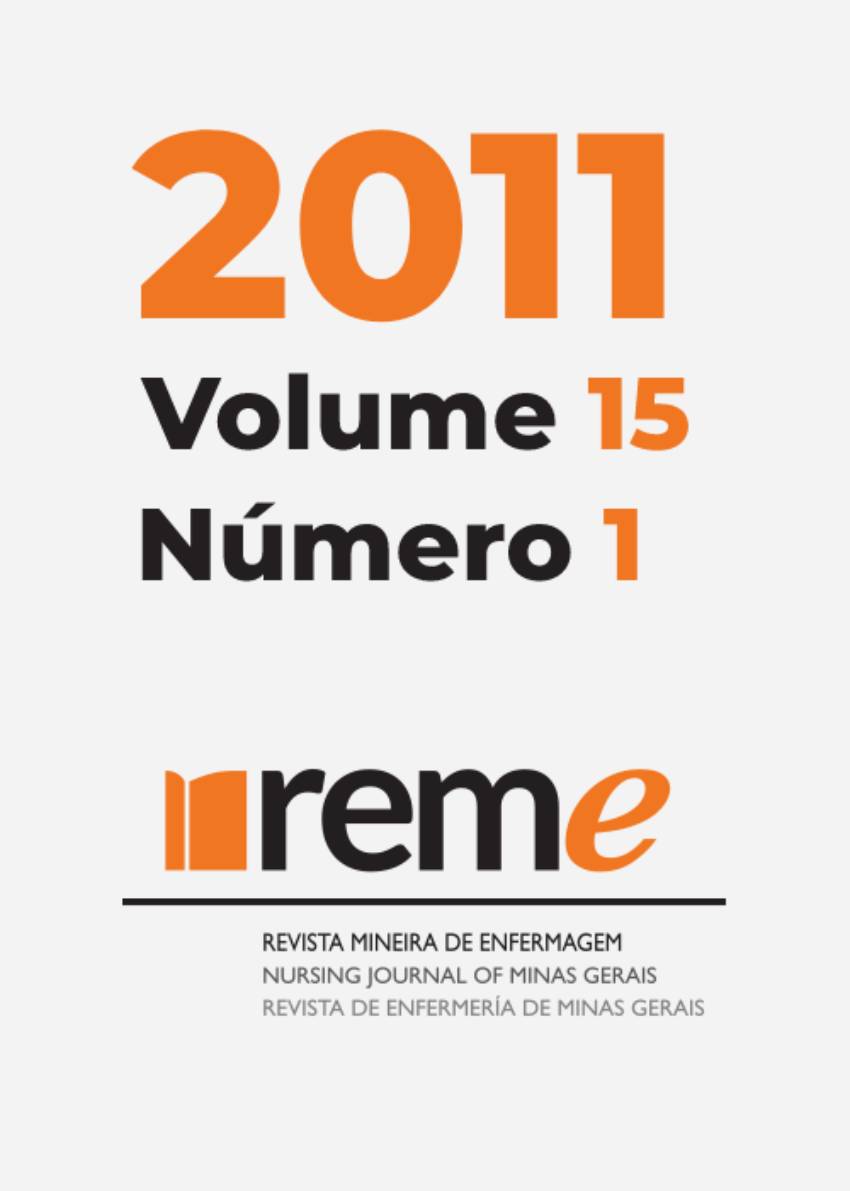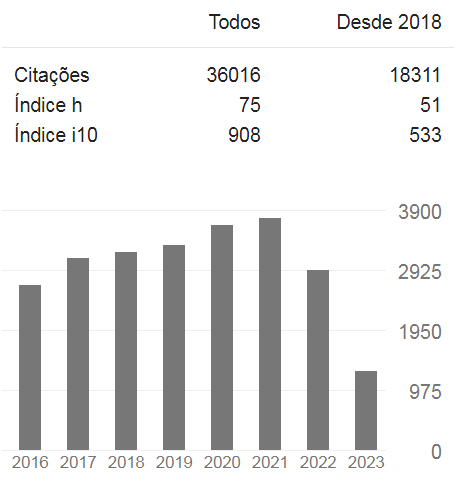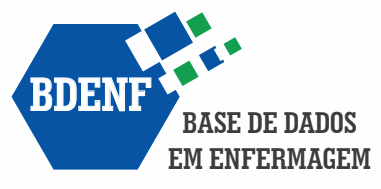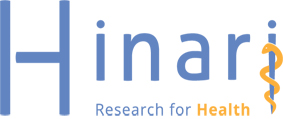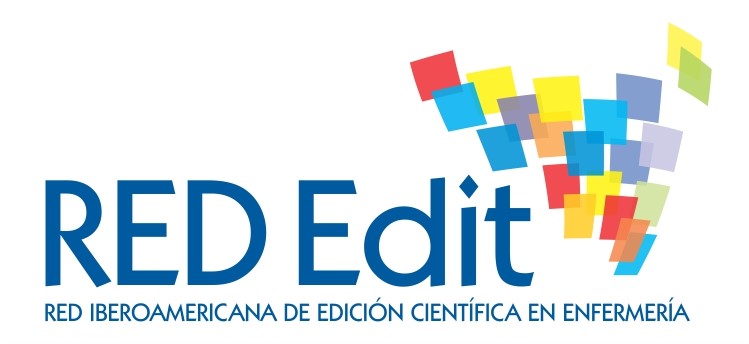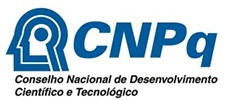Factors associated to anemia in infants residents of an urban region
Keywords:
Iron Deficiency Anemia, Frequency, Social Economic Factors, Infants, PreschoolersAbstract
The objective of this study was to investigate the frequency of anemia in children and their association with socioeconomic, demographic and biological variables. Between May and July 2007 mothers of infants and preschoolers aged 6 to 24 months were invited to participate in the study. Hemoglobin (Hb) level was assessed on site by finger prick blood tests using the cyanmethemoglobin method. Additionally, mothers were asked to answer a social economic, biological and demographic questionnaire. The frequency of anemia in the 556 children examined was 37.9%. The results show that anemia was associated with the following variables: mother's schooling less than 8 years (PR=1.37; CI95% 1.11-1.70), open sewers or cesspit nearby (PR=1.51; 1.21-1.87), the child has at least one sibling younger than five years old (PR=1.43; 1.16-1.76), children from 6 to 12 months of age (PR=1.36; 1.11 - 1.67) and of the male sex (PR=1.25; 1.03-1.54). The frequency of anemia detected in young children represents a public health problem aggravated in low income families. These results highlight the need to re-evaluate the current intervention policy. The implementation of continuous food security mechanisms and nutrition are urgently recommended in the area under study are mechanisms which will enable an early response to the problem of anemia.Downloads
Download data is not yet available.
Published
2011-03-01
How to Cite
1.
Pessoa MC, Jansen AK, Velásquez-Meléndez G, Lopes JD, Beinner MA. Factors associated to anemia in infants residents of an urban region. REME Rev Min Enferm. [Internet]. 2011 Mar. 1 [cited 2024 Jul. 17];15(1). Available from: https://periodicos.ufmg.br/index.php/reme/article/view/50407
Issue
Section
Research

